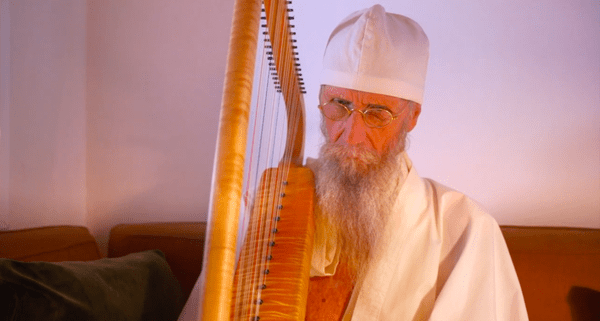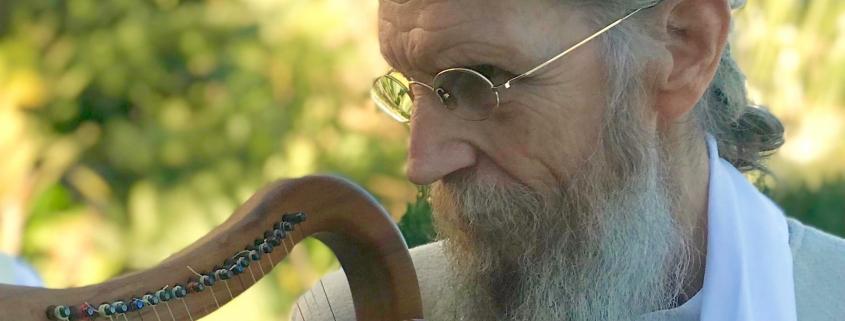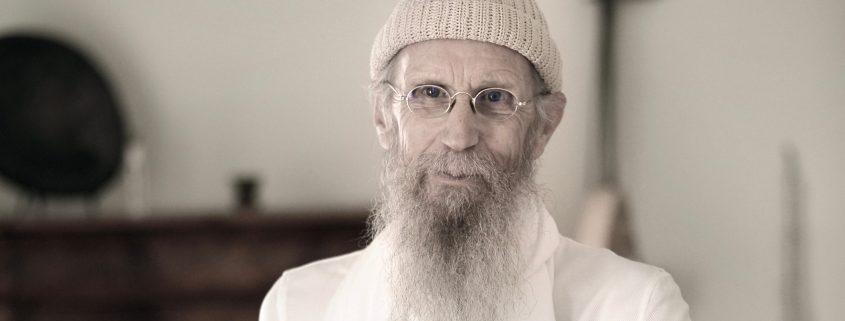The Essence of Letting Go
The Essence of Letting Go
~ A text by Yoginâm ~
Many people believe that life is about acquiring something
Acquiring knowledge or acquiring possessions
Even about acquiring age, we celebrate our birthdays
As if we have acquired another year
There are many cultures in which age is unimportant
And birthdays are totally ignored
Acquisition is very different from need
A human culture that is based on need
Would be a very different culture
It would not know the manipulation of greed
That is so characteristic to the Western culture
Living is all we have and as such living is important
But ultimately living will come to an end
And everything will stop in a most drastic manner
It is inevitable, it is the only thing you can really be sure of
The question is: are you prepared?
All spiritual endeavour is ultimately rooted
In dealing with the temporariness of life
In this sense people have discovered
Ultimate values that lie beyond that
To which one feels naturally attracted to in living
In a derived sense such ultimate values psychologically
Contribute greatly to the emergence of enviable states
Such as inner tranquility, contentment and Well Being
A drive for acquisition that is considered to be common
In Western society is a bad preparation for death
Death is not about getting something it is about letting go
When the Sufis advice you to learn to die before you die
They are in fact saying: learn how to let go
Before you are forced to let go
Which, when you are ill prepared could be problematic
Learning how to let go has a double advantage
It constitutes a good preparation for the unavoidable end to living
While at the same time it generates
Tranquility, contentment and Well Being in living
Something that cannot be achieved in acquisition
Because the drive for satisfaction in acquisition
Always involves a degree of dissatisfaction
And a lust for ever more
Because people are usually trained to hold opposite ideas
Letting go is generally not well understood
People often associate it with asceticism
Or with an uncaring, lethargic attitude to life
And with a disinterest in the aspects of living
Such ideas are indeed unnatural and often a trap
Because life is all that you are and it is in life that you live
Letting go is something entirely different
Letting go implies to stop relating to life
As something that is of your own
Of course you are the only centre of your universe of experience
And in living you are your universe of experience
Life however is more than experience
Your state of living is an integral whole within a whole
About which proportions and qualities we can have no idea
The letting go that I speak about refers to this whole
It is not restricted to how you deal with the world
Which for instance is the basis of the ascetic attitude to life
Letting go is not something that you do
It is different from trying to overcome your attachments
Letting go refers to you as the universe and the universe as you
Letting go is the ultimately refined expression of
What starts with the effort to overcoming ego attachments
In Letting Go you both flow in development and you contribute to it
In Letting Go everything always goes right
Because in Letting Go you listen first to the flow
In Letting Go the idea of going against the flow does not arise
When things go all right you are in the flow
When things start to go wrong you a diverting from the flow
These are the rights and wrongs of the flow
And not necessarily those of what you like and dislike
Or those of what you consider as important or not
Holding on to likes, dislikes, opinions and beliefs
Is usually an expression of attachment
Letting Go is not fatalistic in any way
It does not mean that you have to give up
Whenever you meet resistance
Your resistance may be part of the flow
While it may also be against the flow
Only open and non-attached listening
May provide an indication
Letting Go can only emerge when it is rooted in Trust
Without Trust there cannot be a Letting Go
There is horizontal trust and vertical trust
Horizontal trust is conditional
It is about who or what you can trust and who or what not
Vertical trust is unconditional
Vertical trust refers to Life in the transcendental sense
Life is geared to optimal living
In joining the optimal living of Life
The phenomenal living of experience
Will equally assume the characteristic of optimality
In the vertical trust there are no conditions
It is not a reflection of circumstances
Vertical Trust is an inner recognition
In Letting Go there is great Well Being
A Well Being that satisfaction cannot achieve
In Letting Go there is Awe and Wonder
In Letting Go all Life is continuously revealing
In Letting Go life becomes a revelation
In order for Letting Go to emerge
You first have to put effort in overcoming attachment
Mainly because such effort will guide you in the proper direction
This will lead you to an ultimate Letting Go
Only in Letting Go will attachments ultimately be overcome
Just trying to overcome your ego attachments
Does not necessarily lead to Letting Go
The necessary ingredient for Letting Go is Trust
When Symeon the New Theologian
Shouted out 1100 years ago
That his hands were God's hands
And that his feet were God's feet
Because he was a liberated theologian
He meant that his hands and feet
Were in the flow of life and that he was not
Imposing his will and his desires on that flow
He was expressing Letting Go
Letting Go is impossible without a profound Trust
It cannot be achieved without the unconditional vertical Trust
Ego cannot let go of ego; ego can only place itself in Trust
Ego can work on attachments as psychological objectives
For Letting Go there must be something to let go in
For this purpose all cultures cherish their gods and revelations
When gods become objects of attachment they become obstacles
And when religions and philosophies become concepts of identification
They lose all purpose and they merely lead astray
I therefore propose Abbah, undefined representing all
Without distinction embracing all transcendence
Abbah is Life and beyond
Abbah is ego and Life and beyond
Abbah is what it is and beyond what we could imagine
Abbah is all states non-living, potential living and living
Abbah is the invitation to Trust
Abbah is ultimate consolation and ultimate joy and beyond
Abbah is the Well Being and beyond
You can only discover Abbah by Letting Go
Ego as Nafs should concentrate on overcoming attachments
Ego as Ruh should elaborate openness and Trust in Awe and Wonder
Ego as Abbah is ultimate transcendence in the annihilation of Letting Go
25 September 2010






 Asharum Amonines
Asharum Amonines


 Asharum Amonines
Asharum Amonines